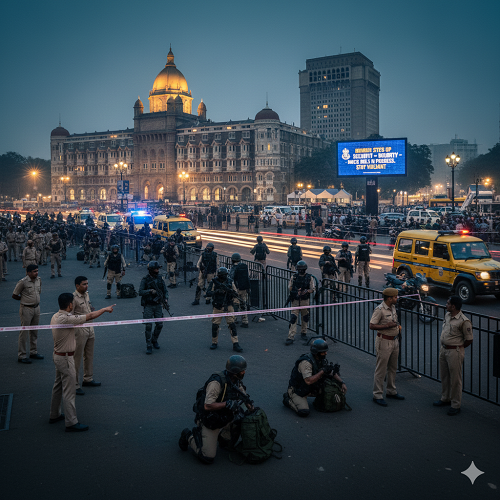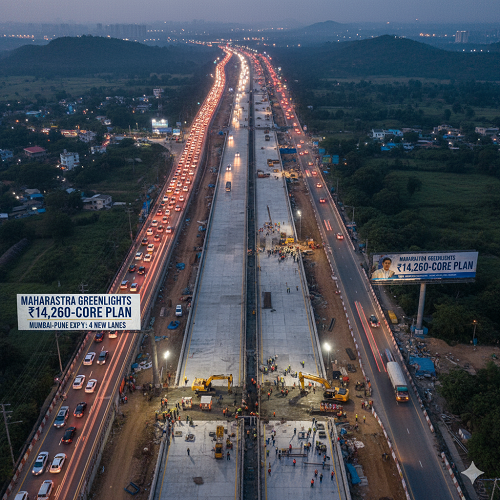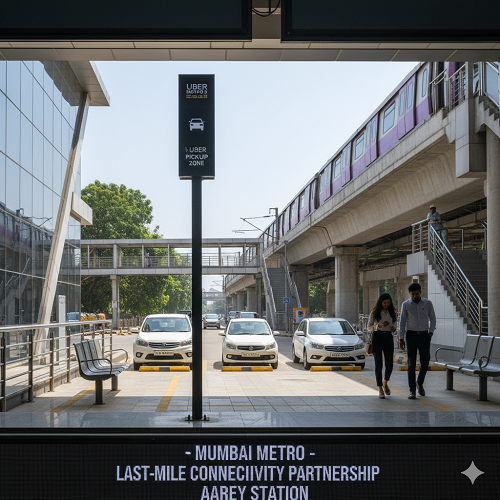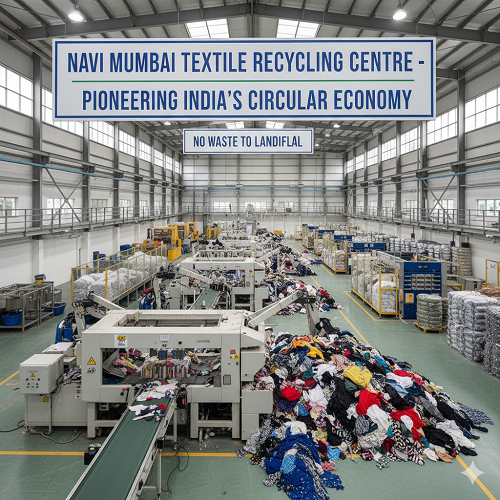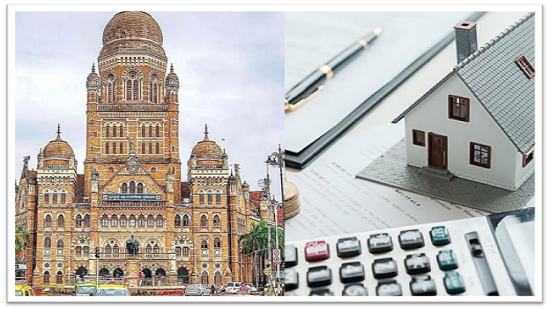
Mumbai’s Affordable Housing Push Gains Momentum as BMC Lottery Attracts 2,037 Applicants for 426 Budget Homes
Mumbai’s pursuit of more accessible housing reached another milestone this week as the Brihanmumbai Municipal Corporation (BMC) completed its online lottery for 426 affordable homes across the city. The initiative, aimed at supporting economically weaker sections and low-income groups, drew 2,037 applicants, reflecting both the city’s persistent housing demand and the growing appetite for regulated, transparent allocation systems.
Although the total number of applicants was lower than the peaks observed when MHADA conducted similar processes in previous years, the granular response patterns reveal meaningful shifts in buyer preferences. Locations with stronger infrastructure, better connectivity, and more stable redevelopment footprints saw higher application ratios, signaling a maturing consumer mindset in Mumbai’s evolving real estate market.
The flats, priced between ₹55 lakh and ₹1 crore, are spread across several key suburban and central nodes including Kandivali, Bhandup, Byculla, Kanjurmarg, Jogeshwari, Marol, and Goregaon. For the civic body, the sale is expected to generate approximately ₹308 crore, adding fiscal flexibility at a time when urban infrastructure spending continues to rise.
Variations in Demand Reflect Shifting Consumer Preferences
The most striking data point came from Marol, where just 14 available flats attracted 937 applicants. This reflects an extraordinary demand ratio of nearly 67 applicants per home. The surge highlights the strong preference for micro-markets that offer proximity to the airport, established social infrastructure, and growing commercial hubs such as Andheri East and Powai.
Kandivali saw the second-highest demand with 46 flats receiving 393 applications. Goregaon followed with 19 flats attracting 189 applications. These numbers mirror broader trends within the Mumbai property market, where western suburbs continue to outperform other zones due to their transit links, employment hubs, and future infrastructure projects.
By contrast, some other locations drew more moderate interest, suggesting that buyers in the EWS and LIG segments have become more selective. Price sensitivity remains important, but accessibility, construction quality, and long-term location value now carry greater weight in housing decisions.
Policy Framework Behind the Allotments
These 426 flats were acquired under Mumbai’s Development Control and Promotion Regulations (DCPR) 2034. A substantial portion comes through Regulation 15, which mandates that developers surrender part of their built-up area for inclusive housing on plots exceeding 4,000 square metres. Additional units were secured under Regulation 33(20)(b), which covers various rehabilitation and redevelopment schemes.
This approach expands Mumbai’s affordable housing stock without relying solely on government construction. Instead, it leverages private development pipelines while ensuring social equity through mandated public-share provisions. The result is a more diversified, sustainably financed model that blends regulatory incentives with market participation.
Importantly, unlike previous years when MHADA handled the entire allocation, the BMC has taken full charge of the draw and sale process for the first time. This decentralised approach signals a shift toward administrative autonomy and procedural streamlining.
Timeline for Applicant Verification and Final Results
The BMC has designed a clear and predictable timeline for the current lottery cycle. The final list of eligible applicants will be published on November 18 at 5 PM, followed by the official draw on November 20 at 5 PM. The final results will be released on November 21 at 5 PM. For applicants, especially those from EWS and LIG categories, the structured schedule reduces uncertainty and improves transparency.
The civic body has also strengthened its digital portal for submission, verification, and updates. This aligns with Mumbai’s broader governance reforms where digitisation, simplified documentation, and online audits have been steadily improving service delivery.
The BMC’s approach also reinforces the importance of accountability in large-scale affordable housing allocation. Online processes minimise human intervention, ensure audit trails, and reduce allegations of bias or irregularities, which historically plagued manual systems.
The Broader Economic and Social Significance
Affordable housing continues to be one of the most critical infrastructure needs for Mumbai. With the city contributing more than 6 percent of India’s GDP and attracting thousands of migrants every year, pressure on housing supply has remained consistently high. The gap between income growth and property price escalation has widened over time, making regulated affordable units a crucial tool for promoting urban inclusivity.
The lottery data also provides meaningful economic signals. High demand in certain localities correlates strongly with upcoming metro connectivity, job clusters, digital infrastructure, and improved civic services. As Mumbai accelerates major infrastructure projects such as the Coastal Road, Metro Lines 2A, 7, 3, and various flyovers and road-widening works, the attractiveness of previously underdeveloped areas is likely to rise.
For the BMC, the ₹308 crore expected revenue offers fiscal room to reinvest in public services, redevelopment projects, and infrastructure upgrades. Affordable housing, in this sense, becomes both a social and economic multiplier.
Strengthening Mumbai’s Long-Term Housing Vision
While 426 homes cannot solve Mumbai’s large-scale housing shortage, the importance of such initiatives lies in their cumulative effect. Transparent lotteries, predictable timelines, digital systems, and structured allotments all strengthen the institutional framework needed for long-term housing reforms.
If the city continues to scale such programs under DCPR mechanisms, along with complementary redevelopment policies, its annual supply of affordable units could increase meaningfully. The lottery also sets a benchmark for future civic-led housing initiatives, establishing a governance standard that focuses on clarity, accessibility, and execution discipline.
Mumbai’s affordable housing challenge is complex, but initiatives like this are critical steps toward a more balanced and inclusive urban landscape. For thousands of applicants waiting for November’s final results, the hope of owning a home in a world-class city is now closer than before.


